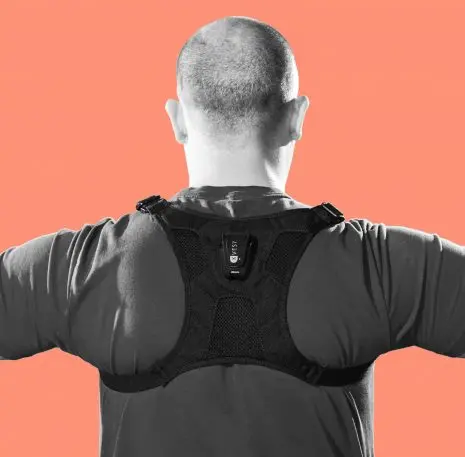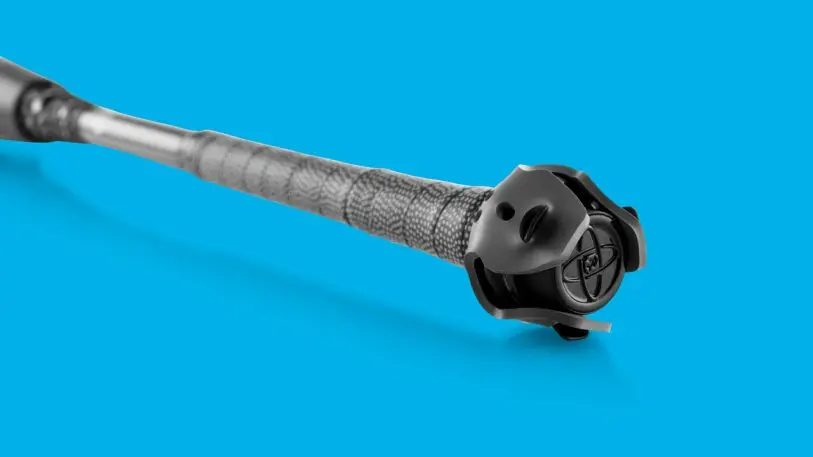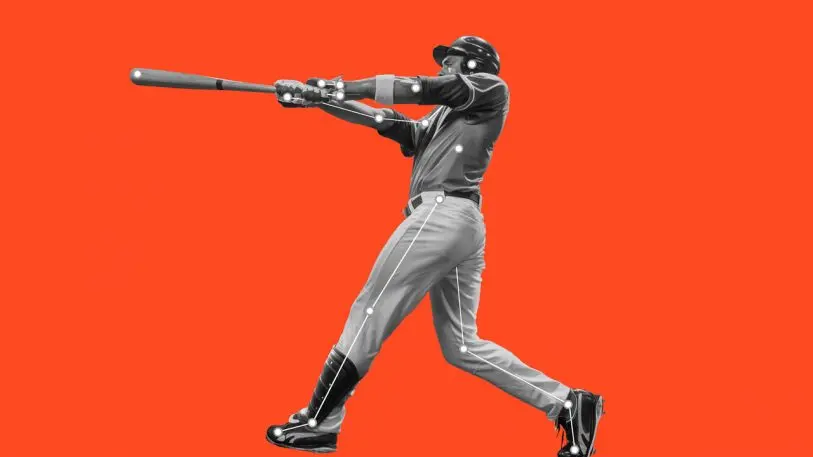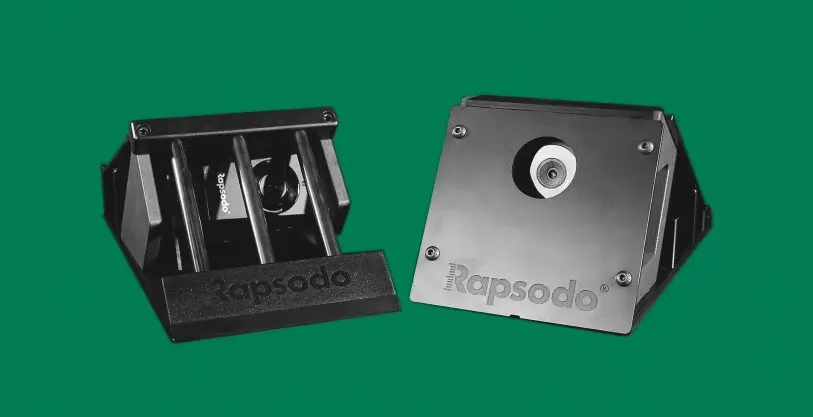Baseball has always been as much a science as it is a sport: A sportswriter introduced the box score in 1859, and 30 years ago, the Padres’ Tony Gwynn pioneered video as a tool to improve his swing. Today, Major League Baseball’s commitment to technology is changing the game for fans, players, and coaches. In February, the MLB announced a pilot program for new rules and equipment, including a camera- and radar-based replacement for home-plate umpires. Here are five innovations teams are adopting to gain insight into player performance.

1. K-Vest
The K-Vest places sensors on a batter’s upper torso, pelvis, and lead arm and hand to capture motion for a detailed analysis of swing efficiency. Each sensor gathers 200 data points per second, which are transmitted to a laptop and turned into a 3D rendering of swing mechanics. The system can be customized to focus on such things as pelvis rotation or torso bend. K-Vest is currently used by 21 MLB teams, plus hitting academies and individual players. ($5,500 per kit, k-motion.com)

2. SwingTracker
Currently used by 15 MLB teams, the SwingTracker sensor attaches to the knob of a bat and transmits data about angles, planes, and velocity to produce a 3D model of a player’s swing. In the batting cage, the “damage potential” feature estimates flight distance and the path of a ball. An affordable price tag makes it an option “for 10-year-olds up to half of the MLB,” says manufacturer Diamond Kinetics’ chief commercial officer Jeff Schuldt. ($99.99; $4.99 per month for software, diamondkinetics.com)

3. KinaTrax
The KinaTrax system consists of 8 to 16 high-speed synchronized video cameras installed along the first- and third-base lines that capture every movement of the pitcher and hitter. The system then uses artificial intelligence and machine learning to provide 3D rotational and positional data for every joint in their bodies. KinaTrax requires about 10 hours to turn the footage into data, which can enable teams to identify subtle shifts in mechanics that might hamper performance or lead to injury. It’s currently deployed by four major-league teams, including the Tampa Bay Rays and the Boston Red Sox. ($80,000–$150,000, kinatrax.com)

4. Edgertronic
The Edgertronic SC1 is a high-speed video camera capable of capturing up to 22,000 frames per second. Teams use the slow-motion visuals to see how a pitcher’s grip changes as he releases a ball, or how subtle adjustments in finger position affect ball rotation. Edgertronic is currently used by most MLB teams. “The baseball people got this early,” says Edgertronic’s inventor, Mike Matter. “I rarely see a customer who’s as sophisticated about tech as our average baseball customer.” ($6,495, edgertronic.com)

5. Rapsodo
Situated on the ground between the mound and home plate, Rapsodo’s units combine radar with a camera to generate data on ball speed, velocity, and spin for pitchers and velocity, spin, launch angle, and projected hit outcome for batters. Whereas other technologies focus on body mechanics, Edgertronic and Rapsodo focus on the ball. Every MLB team currently uses Rapsodo, as do more than 100 individual players, 500 colleges, and 400 baseball academies. ($4,000 per unit, rapsodo.com)
A version of this article appeared in the September 2019 issue of Fast Company magazine.
Recognize your brand’s excellence by applying to this year’s Brands That Matter Awards before the early-rate deadline, May 3.
